CHINA’S LEADING DANCE EVENT ORGANISERS, HOLDING PARTIES IN UNIQUE AND UNUSUAL LOCATIONS ACROSS THE CAPITAL.


Great Wall On Air
Great Wall On Air is the brand-new Great Wall theme live stream promotion project presented by BOOM. The aim is to publicize the essence of the Chinese excellent traditional culture, to spread the Great Wall world heritage values and to reach out the spirit of the Great Wall, through inviting the global outstanding artists to perform respectively on the different passes of the Great. We hope with the live stream platform combing with the excellent audio and visual experience, the young Chinese people and foreigners can really feel the Great Wall to a more profound understanding and resonance all over the world.
Performing & Exhibiting
Want to play at Great Wall On Air? We’ve accepted submissions for a number of performance slots at each year’s Great Wall On Air, please send an email to info@greatwallfestival.com
For non-musical performance, exhibits or installations, please send an email to info@greatwallfestival.com
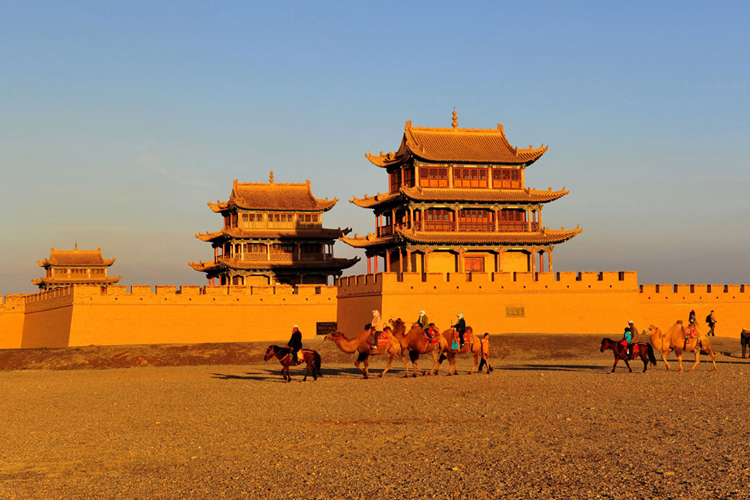

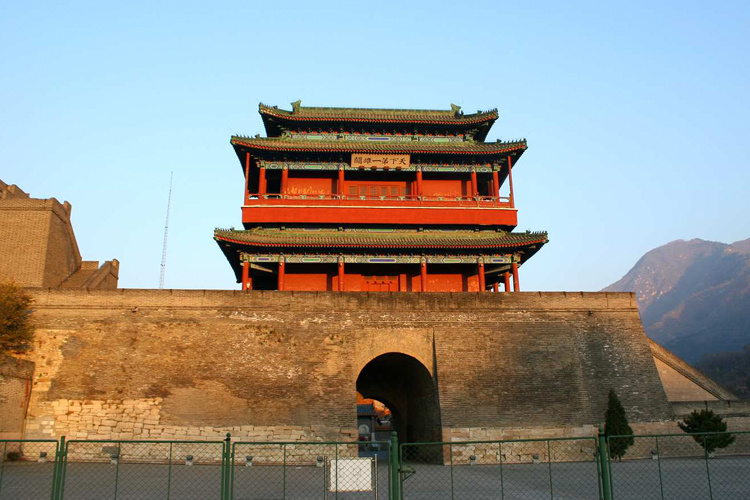





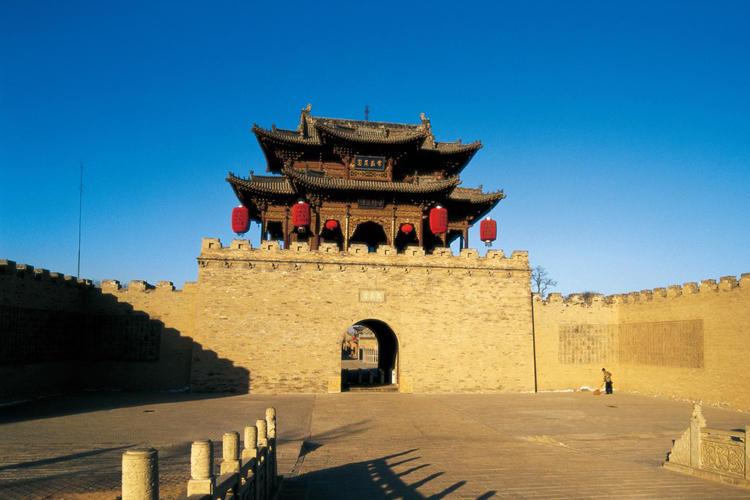



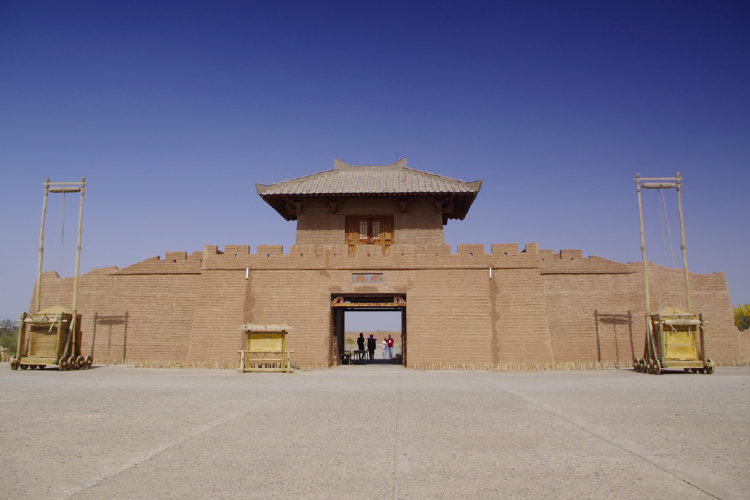

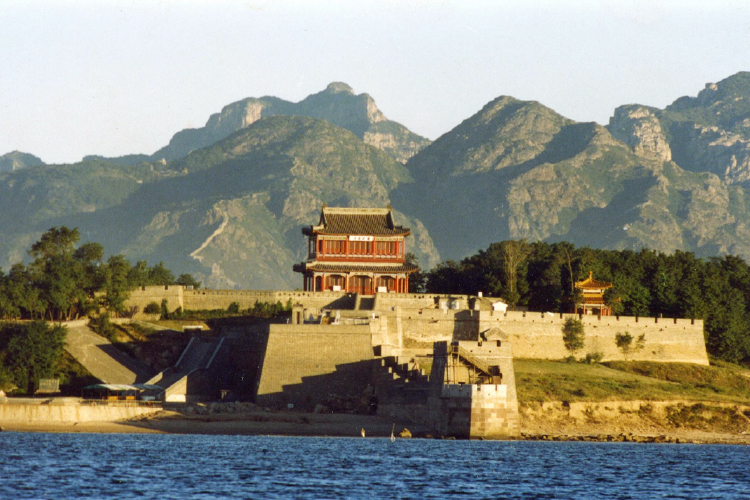





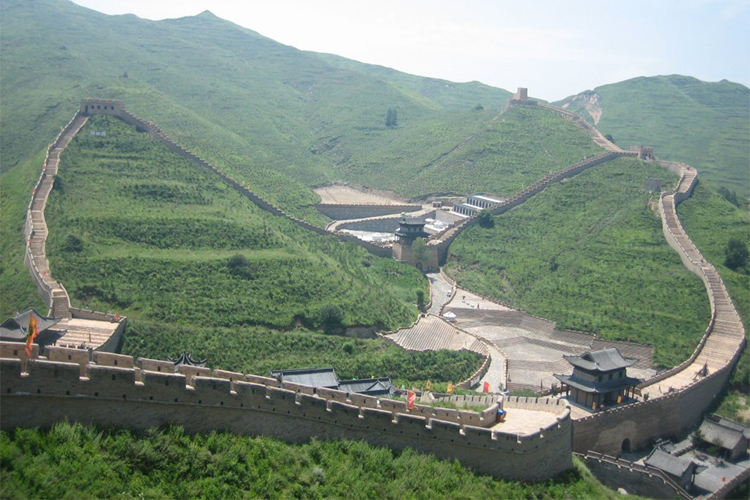

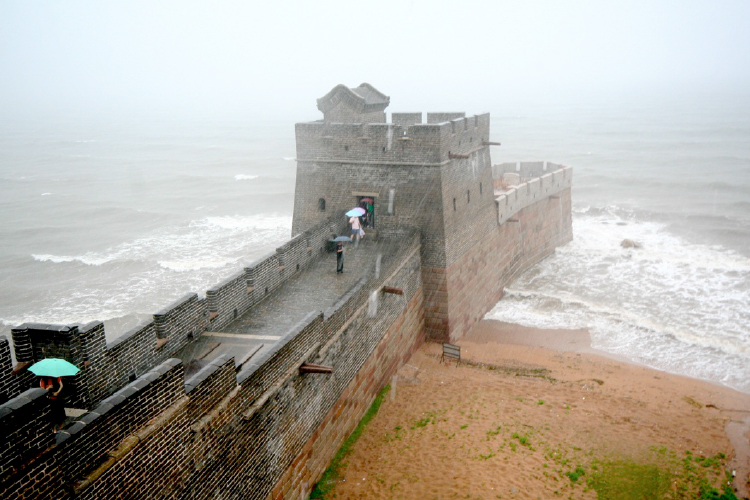





Who built the Great Wall?
Soldiers, common people and criminals built it.
Who built it? There are many answers. Some say Emperor Qin Shihuang. Some say ordinary working people of ancient China, and some say it was slaves who built the wall. This is not an easy question to answer, just like the wall was not easy to build.
Luckily, experts have given us the most credible answer. Three groups of people built the wall: soldiers, common people and criminals, not the emperors of each dynasty including Qin Shihuang himself. During the Qin Dynasty (221 - 207 BC), 20% of the country’s population was forced to build it. Many people died during its construction, due to the heavy work, a short time deadline and difficult conditions.
When was the Great Wall built?
Construction started in the Spring and Autumn Period (770 - 476 BC), and lasted until the Ming Dynasty (1368-1644).
As early as the Spring and Autumn Period, the state of Chu (11th Century BC-223BC) started to build the first wall. The Qi, Yan, Wei, Zhao and Qin states later joined the effort. After Emperor Qin Shihuang unified the six states, he ordered General Meng Tian to connect the existing walls and to extend them further as a front line defense against possible invasion. Thus the Great Wall was formed. It extended from Lintao (presently Lintao County in Dingxi City of Gansu Province) in the west and ended at Liaodong (presently the eastern and southern parts of Liaoning Province) in the east. It was called "Wan Li Chang Cheng" (The Long Wall of 10,000 Li).
During subsequent dynasties, the wall was extended, repaired and modified. The section built in the Han Dynasty (206BC-220) is the longest. During the Ming Dynasty, the wall was substantially repaired on more than twenty occasions. Today, the best known and most visited sections are at Badaling, Mutianyu, Simatai and Jinshanling and these were built in the Ming Dynasty.
In total, 20 states and dynasties made great contribution to the wall's construction during China's long history.
Why was the Great Wall built?
The purpose of building it was to protect people and territory from invasion and protect Silk Road trade.
The walls, together with beacon towers, passes, fortification, etc. created an elaborate defensive system providing Chinese society with a safe and peaceful environment. During the Spring and Autumn Period and Warring States Period, there were many states, so they built separate sections to prevent invasion by other states. Furthermore, states in the northern part of China built some sections to defend against the northern nomadic tribes. In the Qin Dynasty, the Wall was mainly used to protect the country from nomadic tribes. In the reign of Emperor Wu of Western Han, the Wall played a significant role in protecting the main force as well as being a military base in the wars. Every time the country conquered new territory, the Wall would be extended, so that the local military force would be strengthened. With the help of the Great Wall, the Han Dynasty conquered more and more regions in northwestern China. In the Ming Dynasty, General Qi Jiguang reinforced the sections from Shanhaiguan Pass to Juyongguan Pass by building many watch towers and then trained army based on local landform to defeat invasions.
